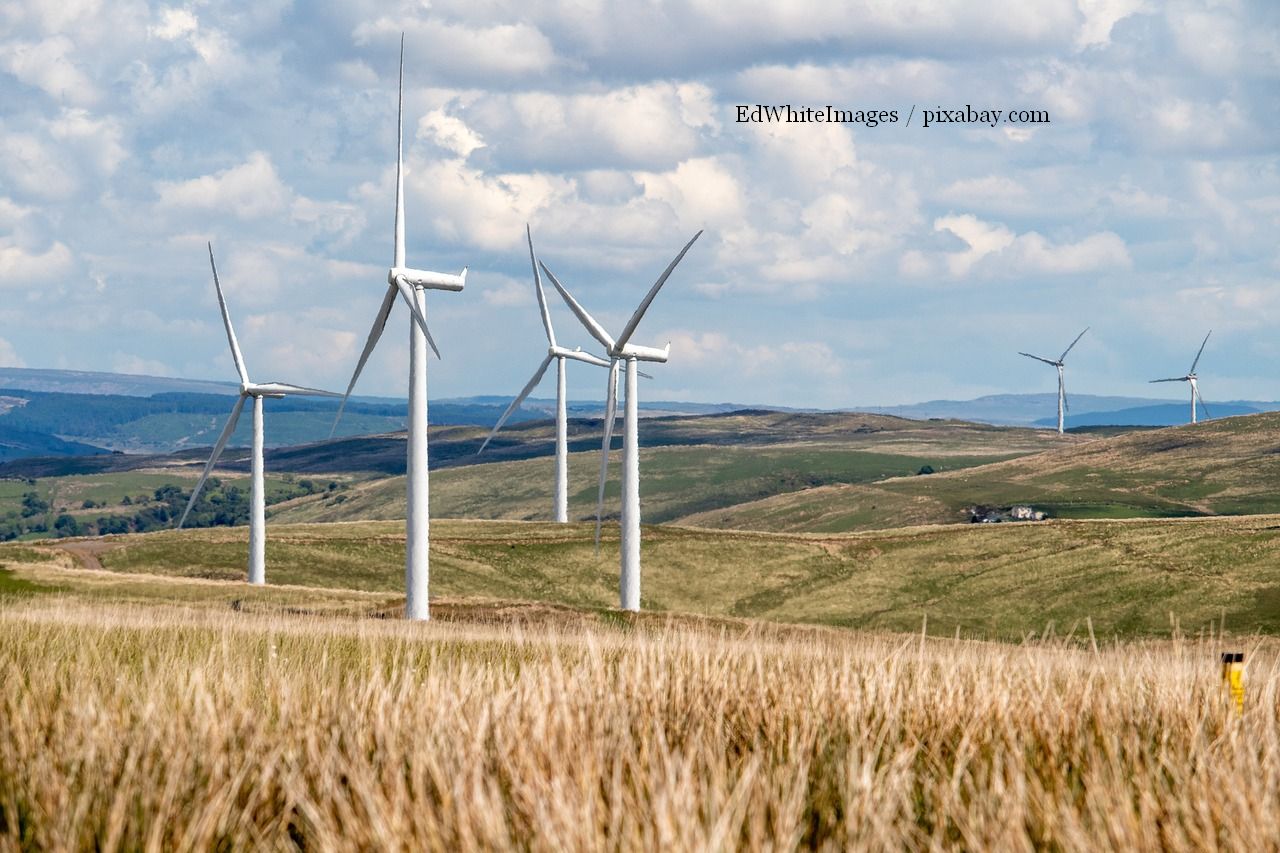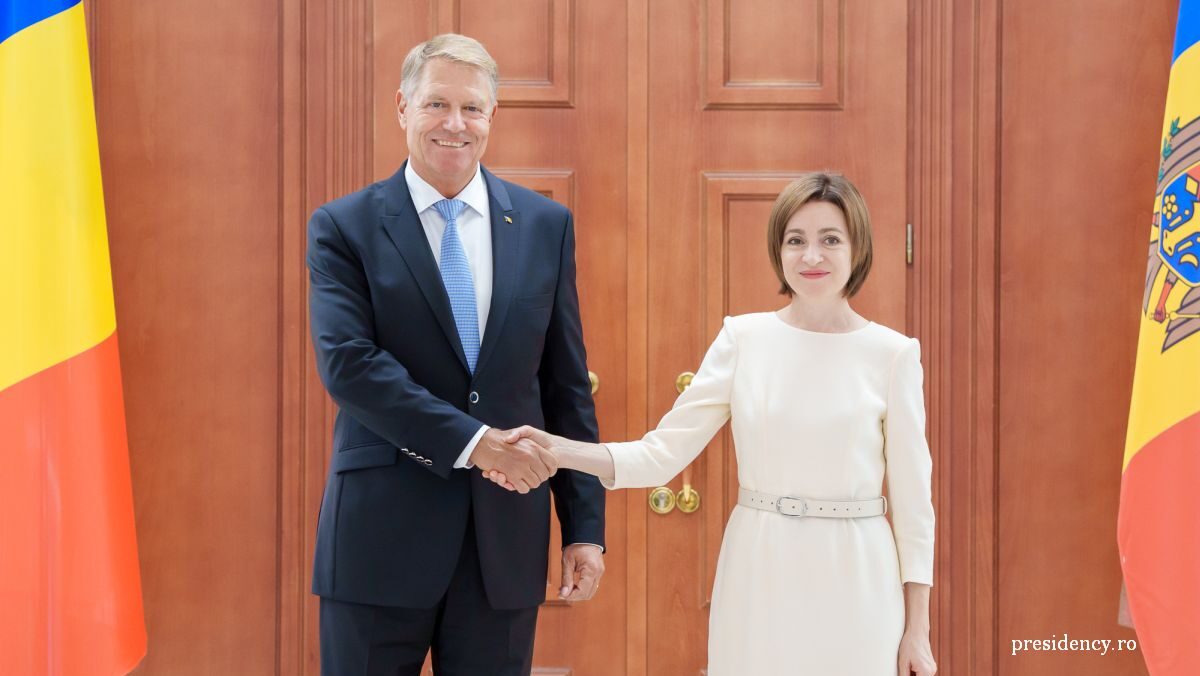Roadmap for Protecting the Planet
Last year was the warmest in the history of weather measurements in Romania

Corina Cristea, 20.01.2023, 12:02
Last year was the warmest in the history of weather measurements in Romania, according to an analysis of the National Meteorology Administration. They said that the highest average temperatures since 1990 were recorded in 2007, 2015, 2019, 2020, and 2022. At the same time, the interval between 2012 and 2022 was the warmest period over 11 years in a row, which confirms the trend of rising temperatures in Romania. At the same time, average temperatures way over the normal levels occur all over the Earth. Climate change threatens the entire planet, and is no longer a local or national problem, according to experts, who raise an alarm on the general degradation of the weather, as well as of biodiversity. Scientists insist that time is of the essence, since 75% of world ecosystems are affected by human activity, with over a million species being threatened by extinction, with world prosperity under threat too, considering that over half of the worlds GDP is dependent on nature. Measures to help the planet have been announced, but it is in doubt as to whether they will be applied. Stating that humanity has become a weapon of mass extinction, UN Secretary General Antonio Guterres called for a peace agreement with nature. In December, at the environmental protection conference in Montreal, a historic pact was adopted, one that vital for humanity. It is called the Kumming-Montreal agreement, and it is a roadmap to protect land, oceans, and entire species in the face of pollution, degradation, and the climate crisis, being the result of over 4 years of difficult negotiations.
The best known of the objectives was the creation of protected areas covering 30 percent of the planet, and was presented as the equivalent of the Paris Accords that were set to limit global warming to 1.5 degrees Celsius. It is notable that this agreement comes at a time when only 17% of land surfaces and 8% of water surfaces on the planet are protected. The text also offers guarantees to indigenous populations in areas where over 80% of biodiversity left on the Earth lies, proposing to restore 30% of degraded land, and reducing by half the risk of pesticides.
This agreement is historic not only for the fact that it provides for the first time a framework, but also because it is ambitious. It refers to pesticides, and it provides for eliminating subsidies that undermine biodiversity. Commitments were made up to the year 2050, as well as financing that doubles what came before, and triples monetary contributions up until 2030. Speaking for Radio Romania is professor Mircea Dutu, chairman of the Ecological University of Bucharest:
“This is just the first victory, but we have to wait for the process to continue, because this Kumming-Montreal agreement has simply been approved by consensus. It is supposed to first be signed on by states, then ratified, then applied. This is meant to create a new global framework for action in terms of biodiversity, considering that, of the 21 objectives set in Japan in 2010 for 2020, none have been reached. As such, it would be desirable for most of the 23 objectives that have been set now to be reached. On medium term, by 2030, the process of eroding biodiversity should be stopped, and protection of land and sea surfaces should be enhanced. On long term, aiming at 2050 and 2100, the aim is to have humanity living in harmony with nature. We can see that all these objectives are in view of the pace and stages of applying the Paris Accords on climate, since there is an interdependence between conserving biodiversity and climate change.”
The debates hit a snag when it came to the financial issue, which were at the center of debates until the end, even in the final voting session. The coalition of countries of the south called on rich nations to provide 100 billion dollars per year, and the progressive increase of this amount towards 700 billion dollars until 2030. In the end, the agreement was signed, with 30 billion dollars in annual financing for conservation in developing countries. In addition to subsidies, a lot of pressure was applied in order to set up a world biodiversity fund, similar to the one agreed on in November in Egypt. The fund is meant to help underdeveloped countries to cope with climate change. China, the country that chaired the COP-15 meeting, proposed to create in 2023 a special biodiversity branch of the Global Environment Facility.






























